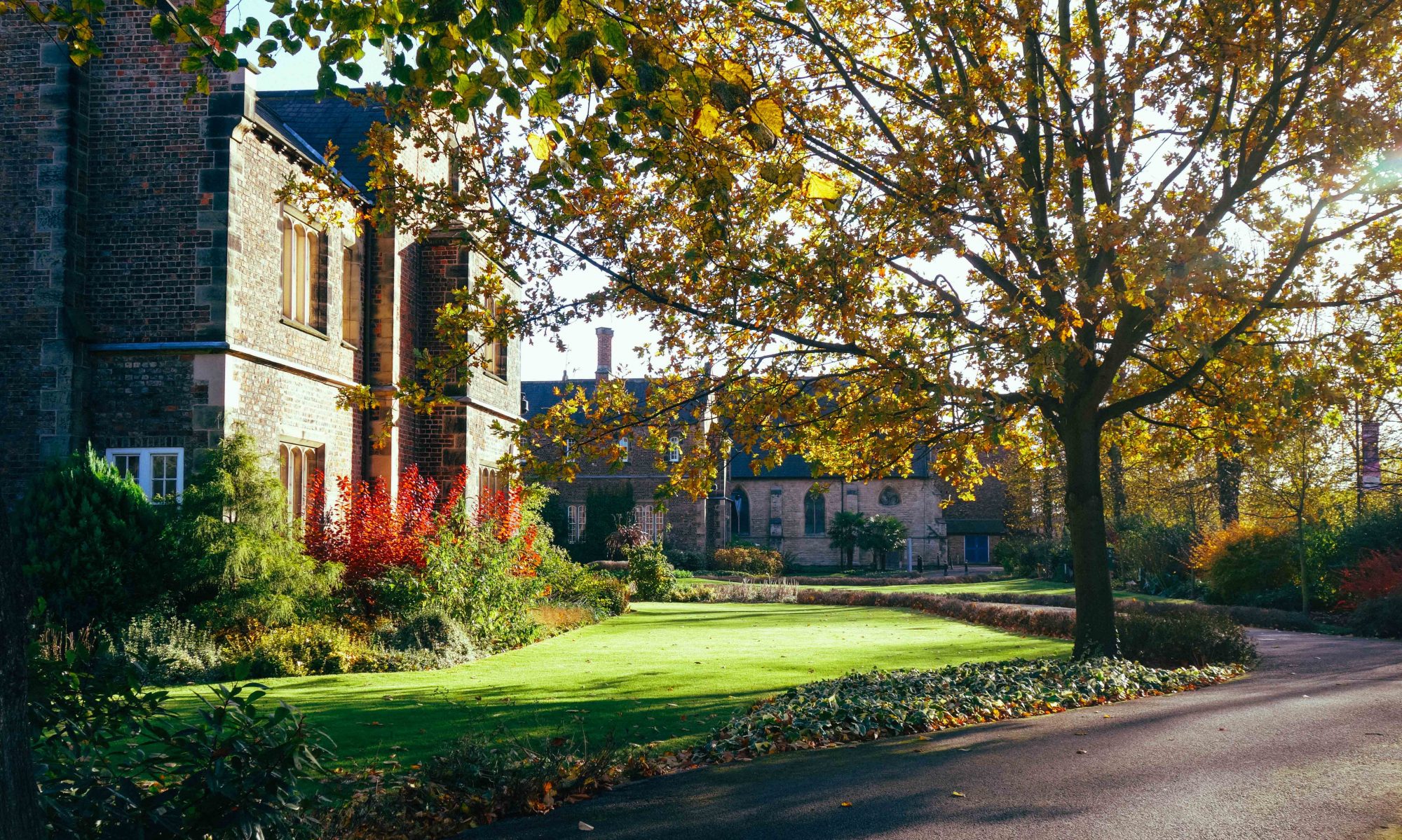Literature in Lockdown is a special blog series in which our students share what they’re reading whilst face-to-face teaching is suspended at YSJU. In our fourth post, James Turner recommends the work of Haruki Mirakami.
Haruki Murakami is a Japanese novelist, essayist and short-story writer. An often-repeated story about him goes that in 1978 while watching a baseball game in Jingu Stadium between the Yakult Swallows and the Hiroshima Carp, in the very instant the batsman hit a double, Murakami realized that he could write a novel. Prior to that moment he had never done any form a creative writing, but after he proceeded to go home and begin writing the same night. His most notable work is the 1987 novel Norwegian Wood, a melancholic bildungsroman or sorts dealing with nostalgia and themes of loss and alienation. These are themes that can be found in all of Murakami’s novels and A Wild Sheep Chase is no exception.
For me, Haruki Murakami is one of the greatest living writers. Part of the attraction is that it’s always difficult to track exactly what has happened in his novels. When trying to explain the plot of Norwegian Wood (by far his most linear novel) to friends, I find myself at a loss as to the exact sequencing. They always begin simply, but rapidly become increasingly complex as seemingly unrelated events happen. Part of the joy of Murakami’s writing is reaching a point in the text and not being able to quite identify exactly how you got there. Although this may sound disorientating, part of the appeal of Murakami’s writing (which I read in translation, I cannot read a word of Japanese) is the lexical feeling. Because these are translated novels set in Japan, there is something unfamiliar about the flow and sentence structure, furthered by his idiosyncratic style.
The second major appeal of Murakami’s writing is normality. The protagonists of Norwegian Wood, A Wild Sheep Chase and The Wind-Up Bird Chronicle (which bares several similarities to Sheep Chase) are all ‘normal’ people. They are nevertheless mesmerising in a way that is hard to exactly pin down. At the outset of the book they have no particular skills or talents. They go to work or university, they have relationships and share moments of intimacy and passion with lovers, they sit in bars and cafes, they read and think. They don’t have any particular ‘prospects’, their lives are mundane, repetitive, realistic. Murakami’s writing feels honest and I find the characters relatable. I want to and can imagine myself in their shoes and in the situations, they are in. That is, until the plot starts to get weird. Which it always does.
In A Wild Sheep Chase we follow an unnamed chain-smoking narrator. The narrator’s life is depressingly repetitive and lacks any kind of positive progression. However, as the plot unravels increasingly strange events occur. He begins dating a girl with enchantingly beautiful ears. He receives letters from a friend called ‘The Rat’ who left town suddenly five years ago leaving no trace. He is roped into an elaborate plot involving a prominent right-wing politician, requiring him to travel from Tokyo to rural Hokkaido in search of a one-of-a-kind sheep that may or may not be running the world. As with all of Murakami’s novels, A Wild Sheep Chase is full of unexpected twists and turns, the lexical flow ensuring it is a delight to read.
However, being one of Murakami’s earlier novels it lacks the polished and tight plot and characterisation we see in later novels such as The Wind-Up Bird Chronicle. Having read this in the months subsequent to me starting A Wild Sheep Chase, The Wind-Up Bird Chronicle was present in my mind. A Wild Sheep Chase features many images, ideas and themes that are reworked into The Wind-Up Bird Chronicle, a novel twice as long. In both we see extensive use of letters, relationships ending in mysterious and unexplained circumstances, ‘mediocrity as a constant’, chain-smoking, strange unknown bird call, individuals with psychic powers and the sixth sense, and a shadowy right-wing politician.
Both novels feature an interwoven plot. Watching the plot develop is like watching someone quilting. At first glance each movement seems different and seemingly random, then patterns and moments of repetition begin to emerge, and it starts to make sense. Similarly, his writing is very reflective of jazz music, which although on the surface appears illogical and chaotic has an order that runs underneath it. This is understandable as Murakami ran a jazz bar with his wife for seven years before becoming a writer, with a passion for music which also comes through explicitly in the references to jazz, pop and classical pieces (he also has about 10,000 vinyl records). The satisfying moment for me comes as the pieces of the plot shift together to make sense in an unexpected way, moving full cycle so that the novels end in a nostalgic, melancholic (if not slightly incomplete) way. This is a source of great satisfaction, and a testament to Murakami’s skill.
Although difficult novels to write about, I would urge everyone and anyone I speak to to read some of Murakami’s writing. They are rich in emotion and feeling, light yet serious with a completely unique mood and ambience to them. The highly imaginative plots leave you at least a little confused, but this is all part of the fun of Murakami; a man that suddenly realized, he, like anyone, could write a novel.

